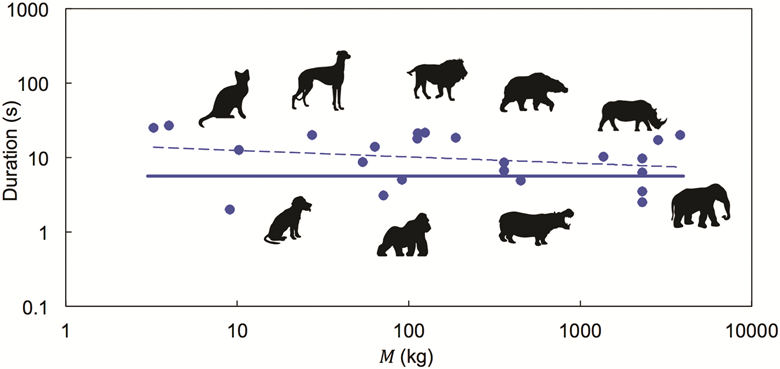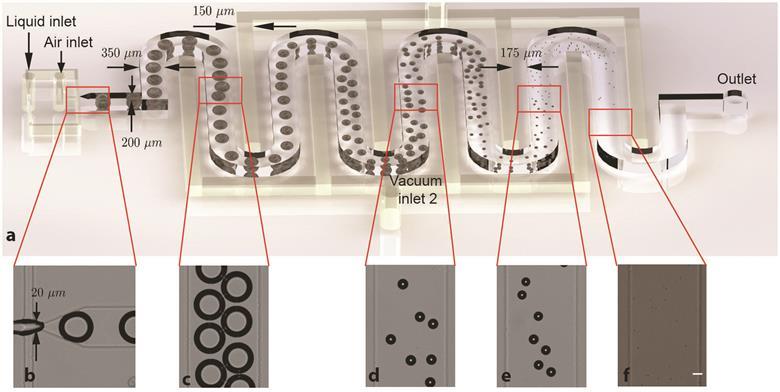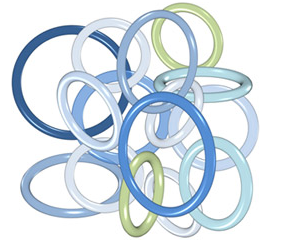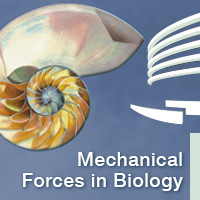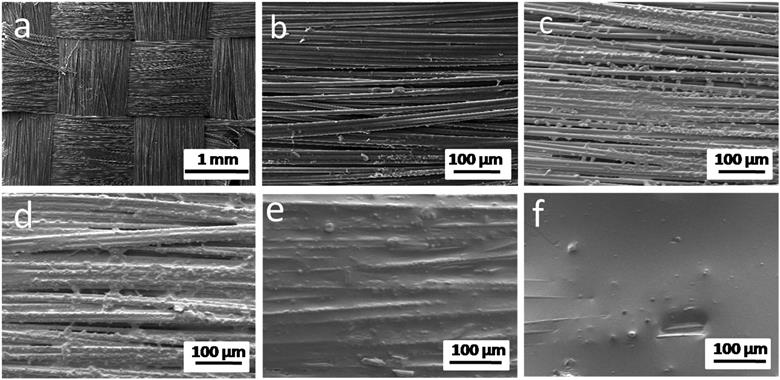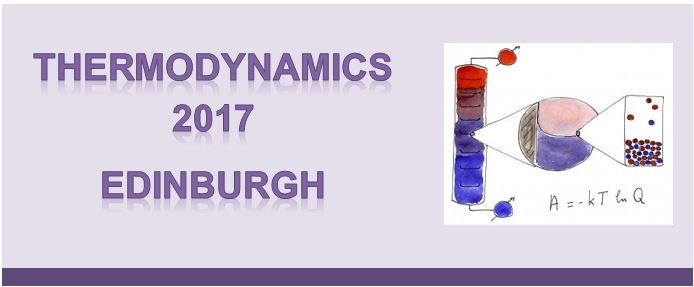The 4th ECI Association in Solution Conference, which will take place between 31 July – 4 August at Memorial University, Canada, will aim to bring together scientists from physics, chemistry, biology and engineering to discuss recent advances in the area of self-assembled and related systems.
The conference cuts across key, emerging areas in the biological, chemical, physical sciences along with nano- and micro-scale engineering. The topic is central to many major industries including food, cosmetics and consumer products, pharmaceuticals and energy.
The Scientific Committee for the conference includes:
- Jure Dobnikar (Institute of Physics, Chinese Academy of Sciences, China)
- John Dutcher (University of Guelph, Canada)
- Cecile Fradin (McMaster University, Canada)
- Steve Granick (Center for Soft and Living Matter, Korea)
- Tadashi Kato (Tokyo Metropolitan University, Japan)
- Walter Richtering (University of Aachen, Germany)
- Maria Santore (University of Massachusetts, USA)
- Veronique Schmitt (Centre de Recherche Paul Pascal, Pessac, France)
- Beth Schubert (Procter & Gamble, USA)
- Ilja Voets (Eindhoven University of Technology, Netherlands)
- Emanuela Zaccarelli (University of Rome, “la Sapienza”, Italy)
The conference will also include awards for the best oral and poster presentations, supported by Soft Matter.
Abstract deadline for poster presentations is 31 May – click here to submit now and or visit the conference website for more details.













